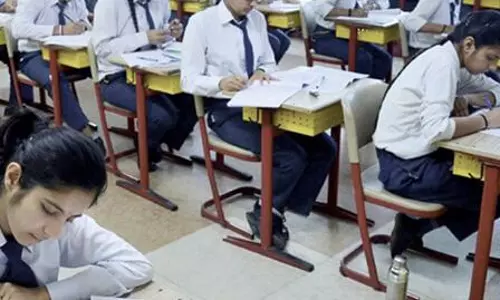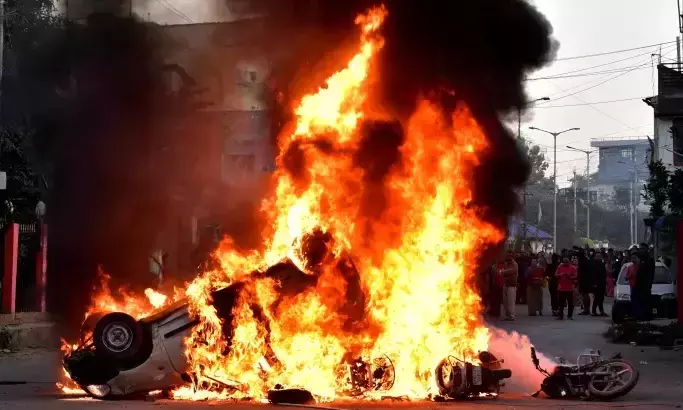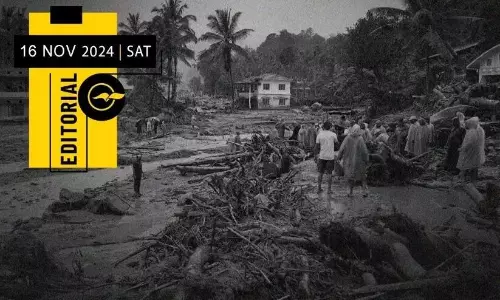
India faces alarming climate shifts: 1.5°C rise expected in summer temperatures by 2043
text_fieldsA new report from Azim Premji University, titled Climate Change Projections for India (2021–2040), highlights the severe climate challenges India may face in the coming decades.
The findings suggest rising temperatures, changing rainfall patterns, and heightened risks to food security and rural livelihoods. The report urges policymakers, educators, and non-governmental organizations to act decisively to address these looming threats.
According to the report, India’s annual maximum temperature could rise by 1.5°C by 2043 under a high-emissions scenario, a decade earlier than initially expected. Under a moderate emissions scenario, this threshold may be reached by 2057.
Low-emission scenarios project that at least 196 districts will experience summer temperature increases of 1°C or more, with Leh potentially facing the steepest rise at 1.6°C. In high-emission conditions, up to 249 districts may see similar trends, with 17 districts—including Leh—exceeding 1.5°C during summer months.
Winter minimum temperatures are also expected to climb significantly. For instance, Anjaw district in Arunachal Pradesh could see a rise of 2.2°C under high emissions.
The report predicts drastic changes in rainfall and monsoonal activity. Western states like Gujarat and Rajasthan could experience a 20–50% increase in annual rainfall, while northeastern states such as Arunachal Pradesh might see reductions of up to 15%.
The southwest monsoon is projected to intensify in western India, leading to increased precipitation, while the northeast monsoon may weaken. This imbalance could worsen drought conditions in rain-dependent northeastern regions.
Rising temperatures and erratic rainfall are expected to have profound effects on India’s agriculture and food security. Regions like Ladakh, which are already vulnerable, may face heightened risks of landslides due to heavy rainfall, while northeastern states reliant on rain-fed farming could struggle with prolonged droughts.
Coastal districts are particularly at risk, with wet-bulb temperatures projected to exceed 31°C, posing severe health risks to local populations.























